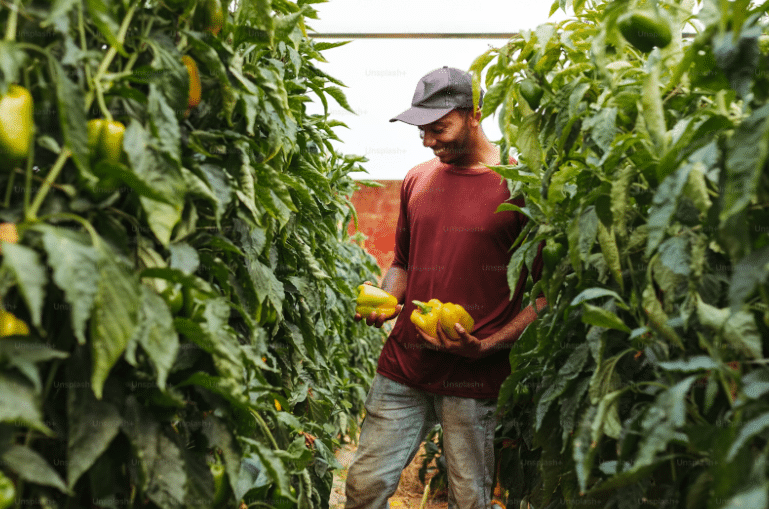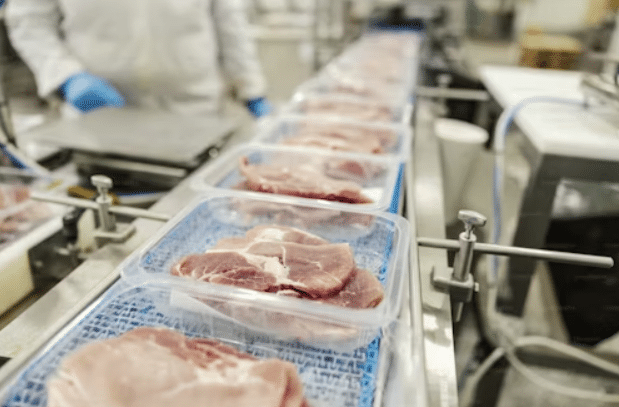Quality Assurance of Food: What It Means and Key Concerns
“You are what you eat.” That’s exactly why the quality assurance of food is so important- for the health, safety, and sanitation of all people worldwide. Quality assurance of food starts with best practices and is supported by helpful technologies that keep processes moving. Let’s dive into what this all means and how businesses in the industry can uphold the highest standards.

What is Quality Assurance of Food?
Quality assurance of food is the system and processes in place that maintain that food production meets internal and external regulations and standards. The goal of quality assuring food at this level is to ensure that customers feel confident and safe eating it and trusting the producing company’s credibility.
In order to uphold quality assurance of food standards and best practices, companies must carefully devise workflows and activities that oversee each aspect of the production line. Quality is paramount in respect to food’s:
- Portion size
- Value
- Quality
- Characteristics
- Customer expectations
Key Concepts Related to the Quality Assurance of Food
So, what are the best practices for food quality assurance and what exactly is taken into account?
Here are some of the key concepts for application:
Hazard Analysis and Critical Control Points (HACCP)
Hazard Analysis and Critical Control Points (HACCP) is a management system that controls and analyzes biological, physical, and chemical components of food from raw material production all the way through to handling, manufacturing, distribution, and consumption.
Good Manufacturing Practices (GMP)
Good Manufacturing Practices helps to ensure that medicinal products are controlled and properly produced as per their intended use. GMP guidance was first created by the World Health Organization (WHO).
Quality Control vs. Quality Assurance
When optimizing quality assurance, it’s easy to confuse the practices with quality control. Here’s the main difference: quality assurance is based on processes that uphold quality. On the other hand, quality control is focused on the product itself to identify any quality issues of manufactured products that may fall short of customers’ expectations.
Total Quality Management (TQM)
Total Quality Management (TQM) is a continuous process of identifying and removing errors in manufacturing. From the supply chain to customer experience, it is a holistic approach to boosting the quality of products, including food.
Food Safety Management Systems (FSMS)
Food Safety Management Systems (FSMS) is a systematic approach to prevent any foodborne hazards or illnesses. The goal is to create an environment that protects food safety, from sourcing through to distribution.
Common Terms You Need to Know for Food Safety and Quality
When working in food safety and quality assurance of food, there are some key terms that come up constantly.
We’re going to define them here:
- Contaminants: Contaminants refer to any foreign agent or matter that compromises food suitability or safety.
- Microbiological Contamination: Microbiological contamination is any pathogenic microorganism that affects food, such as: a virus, yeast, fungi, bacteria, etc.
- Chemical Contamination: Chemical contamination can happen from the environment, during processing, or transport and can include: pollutants, heavy metals, mycotoxins, to name a few.
- Physical Contamination: Physical contamination of food can take place at any stage during its lifecycle from production to distribution, and can include any foreign object in the food like: bones, stones, pests, cloth, hair, etc.
- Food Spoilage: When food is not properly stored, it is at risk of odors, tastes, and textures that have made it gone bad or unable to be consumed any longer.
- Shelf Life: Shelf life is defined as the length of time that food is fit for consumption or saleable.
- Traceability: Traceability is the way in which one can follow how a food product and its ingredients have moved through the supply chain.

Quality Assurance Processes
When it comes to the quality assurance of food, every company runs through its own customized workflow. That being said, there are key and critical steps along the way that are required to have a robust quality assurance (QA) process, namely:
Incoming Raw Material Inspection
To inspect incoming raw materials, experts conduct an examination to look at the physical, chemical, and microscopic aspects of the raw materials. Since raw material is what makes up the final product, this is just the beginning of the process.
Production Process Control
Production process control consists of procedures that review processes in a manufacturing plant to ensure that the desired output will be properly achieved. It involves the use of artificial intelligence and machine learning these days to streamline and increase accuracy. For example, on the production floor, inspections and checklists are crucial, as is the importance for employees to keep their eyes on the equipment for their own safety. Speech-enabled AI technologies like aiOla are incredibly useful, so that workers can speak through their inspections while working hands-free and capturing otherwise lost data.
Finished Product Testing
For pharmaceutical products, finished product testing is required to make sure that the product adheres to regulatory standards before it gets released to the market.
Packaging and Labeling Checks
The meticulous task of packaging and labeling checks makes sure that the packaging is made of the right materials, the printing is correct, and that the mechanics of the packaging can uphold stress tests for its durability. Labeling inspections verify that the right product information, including its ingredients, name, and description, along with any warnings, are visible and accurate on the finished product.
Storage and Distribution Controls
Last but not least, storage and distribution controls make sure that food is properly handled, stored, and transferred to protect its quality and safety.
Challenges, Trends, and Technologies Facing Food
Food moves across borders- from sourcing raw materials to creating the final product to appear on shelves and be sold. Within the food industry, it’s becoming increasingly important for transparency to exist so consumers can know where their food is coming from and how it is being produced.
With all of these requirements, technologies are assisting companies in adhering to legal regulations, as well as customer preferences and demands. For example:
- Blockchain technology is being used for food traceability
- Nanotechnology is applied to detect pathogens and toxins in food products, as well as in packaging to protect the goods
- AI and machine learning for quality assurance, with speech-driven technologies like aiOla, as well as big data to spot trends, patterns, and optimize processes to effectively maintain food safety and quality
Final Thoughts
The quality assurance of food cannot be understated or overlooked. The processes that a company puts in place have a direct effect on the outcome, including the health of consumers and public safety. With all the moving parts involved, along with the supply change and changing hands of food products, a clear cut workflow with assigned responsibilities is a must-have.
Along with clearly defined processes, technologies are easing the burden on behalf of employees to advance how quality assurance is executed.


